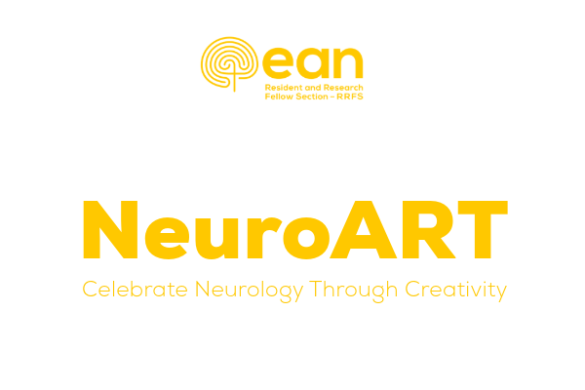by Viktoria Papp
Each month the EANpages editorial team reviews the scientific press for recently published papers of outstanding interest to neurologists. Below we present our selection for June 2024.
1. Trial of Thrombectomy for Stroke with a Large Infarct of Unrestricted Size (N Engl J Med)
This randomised clinical trial evaluated the effect of thrombectomy plus medical care compared to purely medical care in acute stroke with large infarcts in the anterior circulation without an upper limit of lesion size. Magnetic resonance imaging or computed tomography was used to determine the infarct within 6.5 hours after symptoms. The primary outcome was a modified Rankin Score (mRS) and death at 90 days. Results from the thrombectomy group (166 patients) and the medical care group (167 patients) showed a significantly lower mRS at 90 days in the thrombectomy group and a lower risk of death. However, the thrombectomy group had a higher risk of intracerebral bleeding. In conclusion, thrombectomy treatment in large infarcts of unlimited size was associated with a better functional outcome and lower mortality, but with a higher risk of intracerebral bleeding.
2. Safety and efficacy of continuous subcutaneous levodopa-carbidopa infusion (ND0612) for Parkinson’s disease with motor fluctuations (BouNDless): a phase 3, randomised, double-blind, double-dummy, multicentre trial (Lancet Neurol)
This international phase 3, randomised, double-blind, double-dummy, active-controlled, multicentre study aimed to assess the effect of continuous subcutaneous levodopa-carbidopa solution (subcutaneous ND0612) on motor fluctuation in patients with Parkinson’s disease compared to oral immediate-release levodopa-carbidopa treatment. For inclusion, the 259 randomised patients needed to have off time of at least 2.5 hours per day. Promising benefits of continuous subcutaneous levodopa-carbidopa were found in several outcomes, such as more hours without dyskinesia and shorter daily off periods. Four out of 128 patients in the subcutaneous levodopa-carbidopa arm developed severe side effects, mostly infusion-related dermatological conditions. Subcutaneous ND0612 might provide a safe and effective treatment of motor fluctuations in patients with Parkinson’s disease; further data on long-term effects are expected from the open-label extension phase.
3. Multiple sclerosis endophenotypes identified by high-dimensional blood signatures are associated with distinct disease trajectories (Sci. Transl. Med.)
This study including two independent multicentric longitudinal cohorts of patients with early multiple sclerosis (MS) might bring us a step closer to personalised treatment decisions in MS. By analysing the patient’s peripheral blood mononuclear cells with high-dimensional flow cytometry and serum proteomics combined, an unsupervised clustering approach led to the identification of three endophenotypes of the disease. These endophenotypes were associated with different disease trajectories and different responses to interferon-β treatment. Thus, the authors suggest that defining a patient’s immune signature may help to predict disease evolvement on an individual level and permit personalised treatment approaches.












